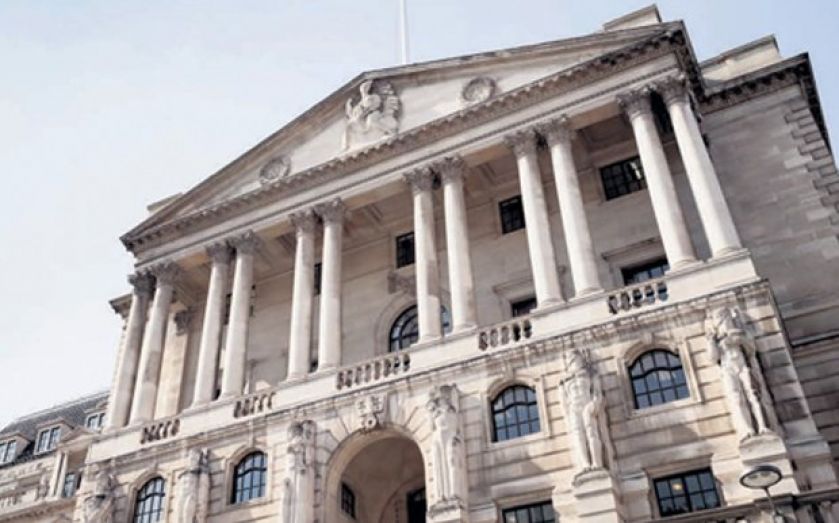Rethinking bonds: How safe are gilts?

Automatically fleeing to the safety of fixed income could expose you to capital erosion.
There is a fundamental flaw with many investors’ perception of risk. Sophisticated investors will grasp the situation in an instant, of course, but many amateurs still regularly fall foul of it.
The flaw relates to the implied, or theoretical risk of holding an asset versus the practical, or real-world risk of holding it. Let’s take government bonds, or bond funds (the way most people would currently invest in gilts), as an example.
Bond yields at present are typically very low. You don’t need me to tell you that, of course. The yield on German 10-year bunds, for example, was around 0.83 per cent yesterday. Meanwhile, 10-year UK gilts are yielding close to 2.23 per cent.
As a result of such extreme yield compression, inflation is posing a real risk to government paper in the long term. And with many funds currently overweight on sovereign debt, there’s a real risk of stagnation at best, and capital erosion at worst.
RELATIVE RETURNS
Moving into bonds and taking a hit for a short time period can make sense, especially for relative return investors who may be prepared to temporarily accept sub-inflation returns to avoid potentially more significant losses from equities. But some investors simply fail to see the risk wood for the risk trees.
They look at gilts and broader government bond-based investments as intrinsically low risk. To put it another way, they attach the risk to the asset rather than the market.
This is understandable. After all, how could holding the bonds of major European governments be risky? Countries as established and proven as the UK, France and Germany are no doubt unlikely to default.
YIELD COMPRESSION
As a result, many cautious, often amateur, investors pile into this perceived “safe” asset class and stay there for extended time periods. They are unaware that the market risk of holding government bonds is very high at present, and has been so for some time. Prices are elevated, and yields compressed, to the point that real returns, as we have seen, are negligible – if not negative.
And to top it all off, as the demand for perceived low or zero risk assets from cautious investors increases, so does their price, meaning yields fall even further. This increases the real-world portfolio risk of the “low risk” asset.
PIGEONHOLING RISK
What’s happening is that many retail investors are placing asset classes in clearly delineated risk pigeonholes that simply do not exist.
You can understand why. It’s in our nature to attempt to bring order to the world, and that extends to markets. But in finance, order and the clear delineation of risk often don’t work.
No asset class has an abstract, ever-lasting level of risk attached to it. Risk, you might say, is always on the move. It’s nomadic.
An astute investor simply tries to move with it, wherever it might lead. In this sense, you could argue that blind risk aversion can sometimes be the greatest risk of all.
Christopher Maule is chief executive of the UK Bond Network, an investment platform connecting sophisticated investors and high net worth individuals with UK SMEs seeking finance.